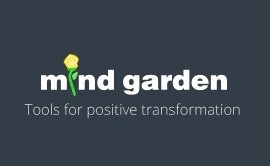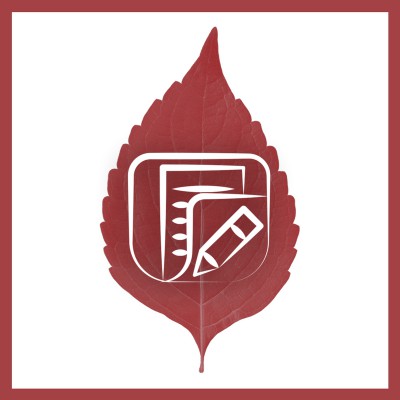Health & Daily Living Form
Author: Rudolf H. Moos
The Health & Daily Living Form (HDLF) is a structured assessment for patient and community groups that assesses health related factors such as alcohol consumption, substance abuse, and depression. It is a structured assessment procedure that can be administered either as an interview or as a questionnaire, and can be used with both patient and community groups.
The HDLF includes items covering socio-demographic factors as well as sets of indices that tap health-related and social functioning, chronic and acute life stressors, social resources, and help-seeking responses. While some of the indices are adapted from the work of other investigators, newer indices have been developed that may prove useful to investigators interested in the process of psychosocial adaptation among psychiatric and medical populations and among community populations.
The HDLF has two forms: the Adult Form (ages 18 and older) and the Youth Form (ages 12-18).
Copyright © 1984, 1990 by Rudolf H. Moos

 SEARCH
SEARCH LOGIN
LOGIN  BLOG
BLOG
 CART
CART
